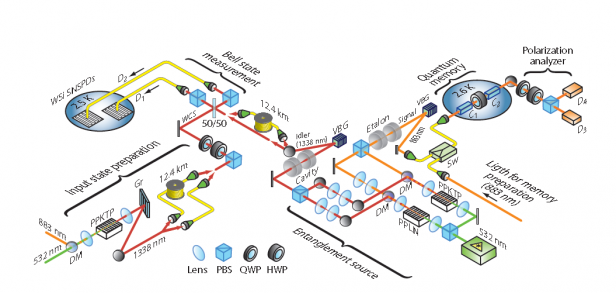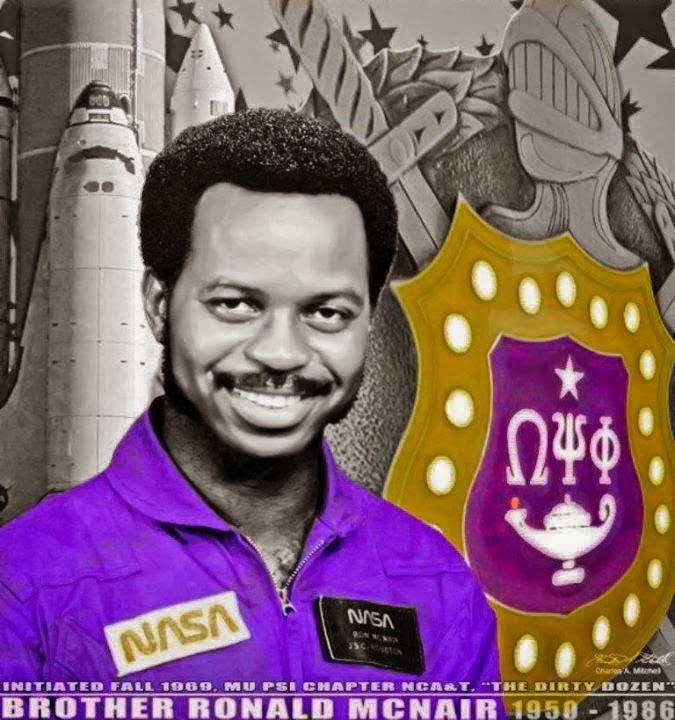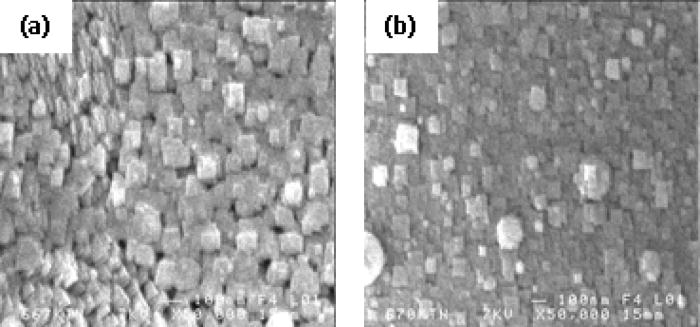Dern and Alita rushed through a narrow trench that plunged as deep as eight feet in places.
“The cave is a hundred yards up ahead,” she directed, stepping lightly over sharply uneven ground.
In his suit, Dern moved with a surefootedness verging on grace. Suddenly he stopped, looking around, scrutinizing dim surroundings through ultra-violet optics. A trace of motion thirty yards above triggered faster than normal reflexes. Dern vertical jumped out of the trench, landing on a ridge. He aimed and targeted. Particle clusters flickered from his bracelet, ripping into something that burst apart in a scintillating spray.
Alita had no night sight. Nevertheless, her ears picked up a faint vibratory sound. An object--the sound’s source--floated into the trench a few feet in front of her. She leveled her assault rifle and opened fire. A ripple of rounds penetrated the object. It sputtered and clattered to the ground, rolling functionless at her feet.
She glanced up from the trench to see Dern scurrying along the ridge. “Tracker drones!”
Dern jumped back into the trench. “I know. We’d better make haste. For certain Hooper’s follow-up won’t be so harmless.”
Hooper, like the typical crime lord presiding over an illegal settlement, had an assortment of weapons in his arsenal. Being more prosperous than his peers enabled him to procure the occasional first generation weapons system. Corruption ran deep in parts of the Coalition where avaricious generals and opportunistic arms dealers occasionally conspired to meet the demands of an illicit clientele. For Hooper, one of the benefits of that collaboration was the SkyGuard, a high altitude, aerial bombardment craft armed with Shatter Buster bombs.
The massive blue tinted, wedge configured craft soared like a sluggish carrion bird over the canyon. Bomb bay doors retracted and a tubular object dropped out, plunging several hundred feet before thrusters and stabilizers kicked in. Sensors processed data sent by the trackers and guided the bomb to the fugitives’ last known coordinates.
Dern and Alita bounded into the cave, startling the sleeper ship’s crew.
“It’s just us,” Alita announced. “We ran into a little trouble”
The cave boasted far more space than its small entrance conveyed. Surviving crewmembers were scattered throughout its cool interior, two glow strips alleviating the darkness. The healthy ones tended to the wounded, whose injuries ranged from moderate to the cusp of severe. All would live…for now. Their faces lit with a semblance of hope when they saw Dern.
“I’m just glad you made it back,” said the captain. His expression turned glum when he noticed that Alita was empty handed. “You didn’t get it.”
Alita sighed dejectedly. “Sorry Captain. We were spotted. The pod was destroyed…but I did manage to get a signal off. It hit a contact.”
The captain looked suddenly encouraged.
Dern hated to sour the man’s optimism. “We don’t know who or what the contact is.”
“Maybe it’s a patrol ship,” a crewman with a bandaged eye speculated. “If not, whoever received the signal could reroute it to an available patrol.”
“That could take a long time, longer than we can afford.” Dern removed his helmet. He inhaled deeply, taking in a lungful of dry, musk-tinged air. “In the meantime, we can’t stay in this cave indefinitely.”
“What do you propose?” Asked the captain.
“We get off this planet.”
“With what?”
“The sleeper ship. I’m going to retake it.”
“I have no doubt you could do so with your capabilities,” the captain began. He shook his head, troubled. “But we’ll be shot down before we clear a thousand feet.”
“That’s where Alita comes in,” said Dern. “She operated combat shuttles and quite well I might add.” He turned to the woman. “How about we do a hijacking of our own and seize one of Hooper’s planes. You can provide escort, keep the bogies away from us.”
Alita shrugged agreeably. “Sounds like a great plan to me…”
A deafening boom flooded the cave, followed by a bone jarring jolt that sent anyone standing crashing to the ground.
Rocks large and small rained down blocking the cave entrance, sealing everyone inside. Clouds of dust bubbled into the cave following the rockslide.
Between hacking coughs, Alita scrambled to her feet. “What happened?!?”
The Captain moved to calm panicked crewmembers while Dern dashed toward the blocked entranced.
“Looks like Hooper called in an airstrike,” Dern replied. He half turned. “Everyone get down.” He raised his bracelet arm and a brief splash of daylight illumined the cave as a plasma beam blasted a hole through tons of small rocks and boulders.
A second explosion shattered the stillness, near enough to cause a mild tremor, but far enough away to not precipitate a second rock slide.
“Sounds like that one landed a quarter of mile away,” Alita estimated. “Thanks to the trackers, they have a general idea of our location, but not an exact position.”
The captain looked to Dern. “What now?”
“The plan is still on,” said Dern with a cast iron look of determination. “We’re getting the hell off this planet.”
“Perhaps we just hold out here.” Uncertainty and fear clung to the captain’s words. “Maybe…maybe a patrol ship picked up the distress…maybe help is on the way…”
“And maybe it’s not,” Dern dismissed curtly. “Better to take the initiative than wait around hoping for a rescue that’s not likely to occur.” He ventured toward the cave’s mouth and ducked through to the outside. “If not I’m back by daylight, you can start making your own plans.”
Once outside, Dern pulled up directional data on his display. His suit had calculated the last known location of the sleeper ship and from there, estimated Routh’s distance. He was looking at a 43 mile trek to the settlement…50 if he chose a roundabout route. Either way, Hooper’s enforcers…the bulk of them, he was sure… were out here in the middle of nowhere looking for him. None of those goons were expecting him to head to the settlement. And for certain no one in Routh would be expecting an armored intruder in their midst. Not that Dern planned his visitation to be so conspicuous. Chances were Hooper didn’t have all of his aerial assets in play. Otherwise, they would all be in the sky. Perhaps, in light of the craft Dern shot down earlier, Hooper was taking no chances with deploying low altitude flyers.
Dern fine tuned his visual enhancers and active sensors for tracker detection and proceeded forward on ground choked with rocky debris.








